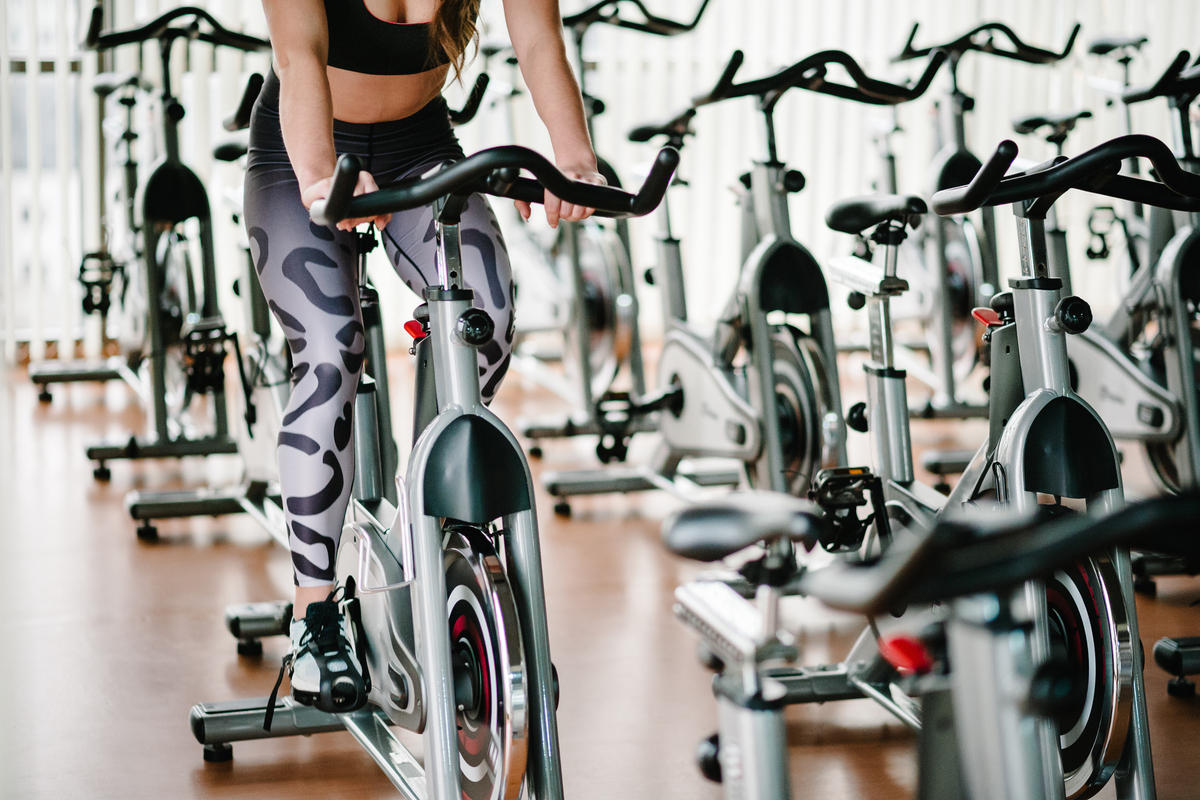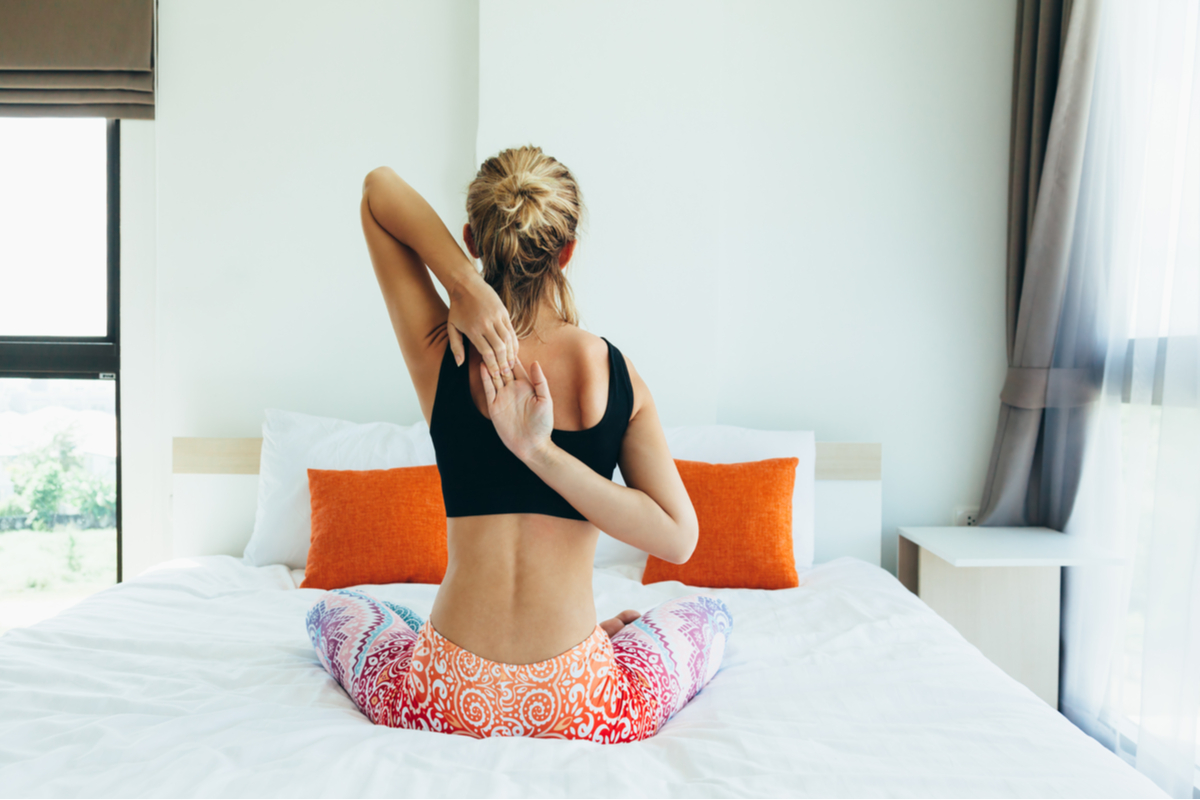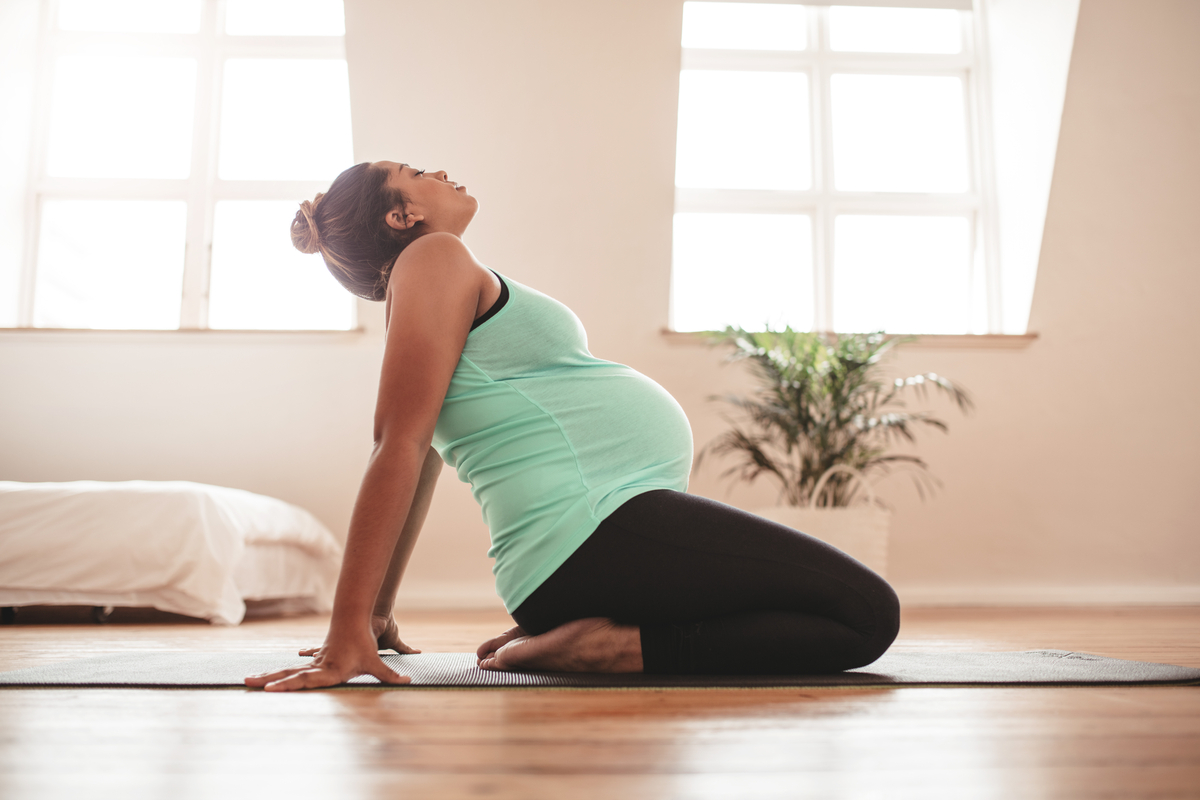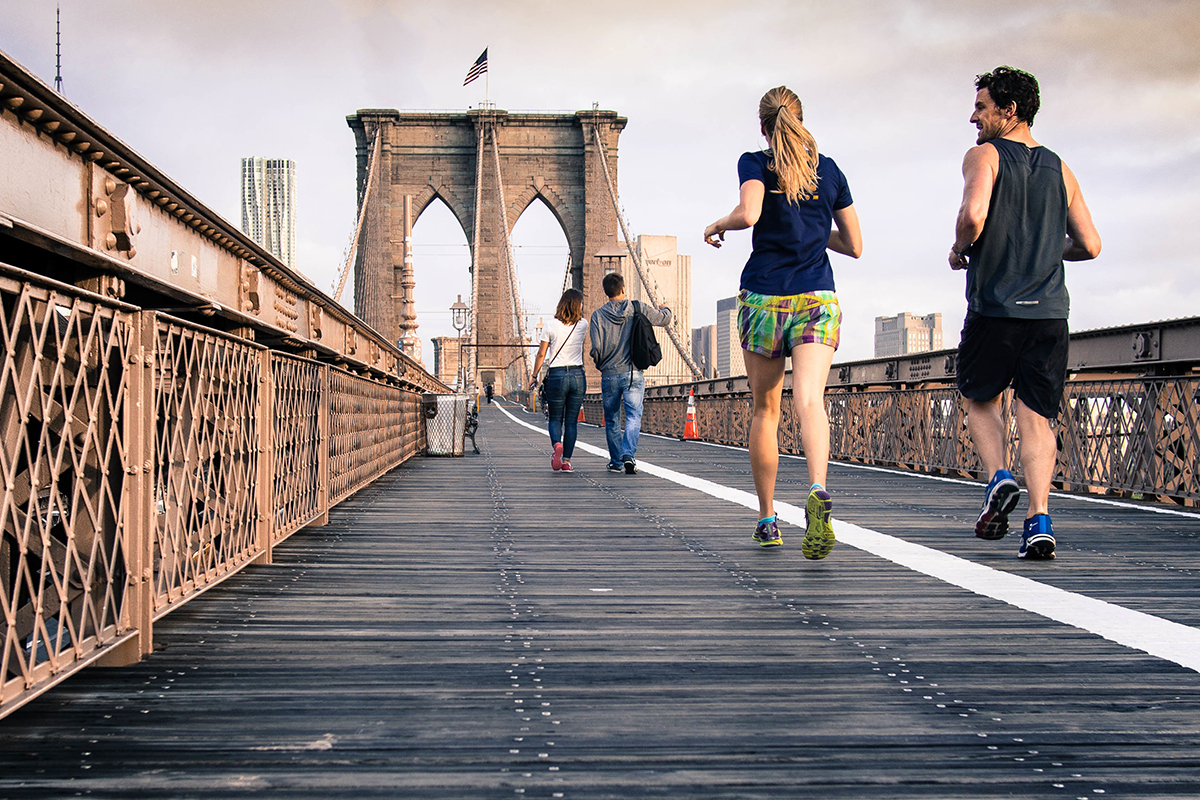You may have wondered “what is Hatha yoga” and if it’s right for you when searching through your local class timetable. Hatha yoga remains one of the most popular forms of yoga practice around the world with a long and rich history. Here’s a little history on the practice and what you can expect when you join your first Hatha yoga class.
Hatha yoga is typically used to define most of the yoga classes you’ll find in gyms and fitness studios, with more specific styles of yoga falling under the overarching term. Styles such as Vinyaya, Iyengar, Bikram and Ashtanga yoga would all be classed as Hatha yoga, each with their own variations and focuses.
Hatha yoga is a term that often refers to a more gentle yoga practice in most gyms and studios. The combination of physical postures – known as asanas – and breathing techniques makes Hatha yoga a great class for those new to yoga.
Though Hatha yoga has a long, rich history drawing on traditional yoga practices that date back thousands of years, the term is mainly used in Western society to refer to this style of physical practice. It’s great for yoga-lovers of all levels, and its slower pace means you can move at your own pace and at your preferred level of intensity.
Who invented Hatha yoga?
There are a few important names linked with the invention of Hatha yoga. Swami Swatmarama was a 15th-century sage who compiled the Hatha Yoga Pradipika which described this new form of yoga, starting with the physical practice of asanas and foregoing the more spiritual elements of Yamas and Niyamas. He encouraged starting with the physical practices first to make it easier for followers to master their minds by first mastering their bodies.
However, it was the Indian scholar Krishnamacharya who was later dubbed the “father of modern yoga” when he opened his famous Yogashala in Mysore in 1933. British Army drills and wrestling moves inspired Krishnamacharya’s teachings and combined a limited number of yoga postures learned from his father. These formed the beginnings of what we now recognise as a modern Hatha yoga class.
[sc name=”yoga_cta” ][/sc]Hatha yoga poses
Hatha yoga classes will vary greatly from week to week and teacher to teacher, but they’ll likely include some of these poses.
Tree pose
Tree pose involves standing balanced on one leg, your other foot resting on your standing leg and your hands placed in prayer at your heart or above your head. This is a great stretch but also excellent for improving your balance and concentration. Want an extra challenge? Try closing your eyes while balancing, it’s a lot harder than you might think.
Downward-facing dog
Probably the most common poses in any form of yoga, downward-facing dog is the ultimate of stretches. In one pose you can stretch your hamstrings, shoulders, back muscles, forearms, and lower back, all while engaging your core. Take your time to get your downward-dog pose correct, as you’ll likely spend a lot of time in this pose if you take up a regular Hatha yoga class.
Locust pose
This pose involves lying on your stomach with your hands by your side and raising your head, shoulders, knees and toes off the matt. It’s a fantastic pose to strengthen the thighs, shoulders, legs and calf muscles and at the same time forces you to pay close attention to your breathing.
Triangle pose
A personal favourite of mine, there are a number of variations of triangle pose that your instructor will take you through during class. All of them involve a side strength from standing, either with a straight front leg or in a high lunge. This is a lovely stretch for your legs, back and shoulders which will also have you work your core muscles and leg muscles harder the longer you hold the pose.
Hatha yoga sequence
Instructors design Hatha yoga sequences to suit the needs of the class and their personal preferences, so there’s no set Hatha yoga sequence like there is in other forms like Ashtanga. However, most classes will often include a sun salutation towards the start of your class. Even these have variations but the basic sequence is usually as follows:
- Start standing in mountain pose
- Fold forward into standing forward bend
- Step back into to lunge
- Step back into a plank pose
- Lower to the matt either onto your knees, chest and chin or Chaturanga Dandasana which is a yoga press up
- Cobra or upward-facing dog
- Downward-facing dog
- Step forward to lunge
- Step forward into forward fold
- Rise up to standing
Each movement connects to inhaling or exhaling and additional poses can be introduced to make the sequence more challenging.





